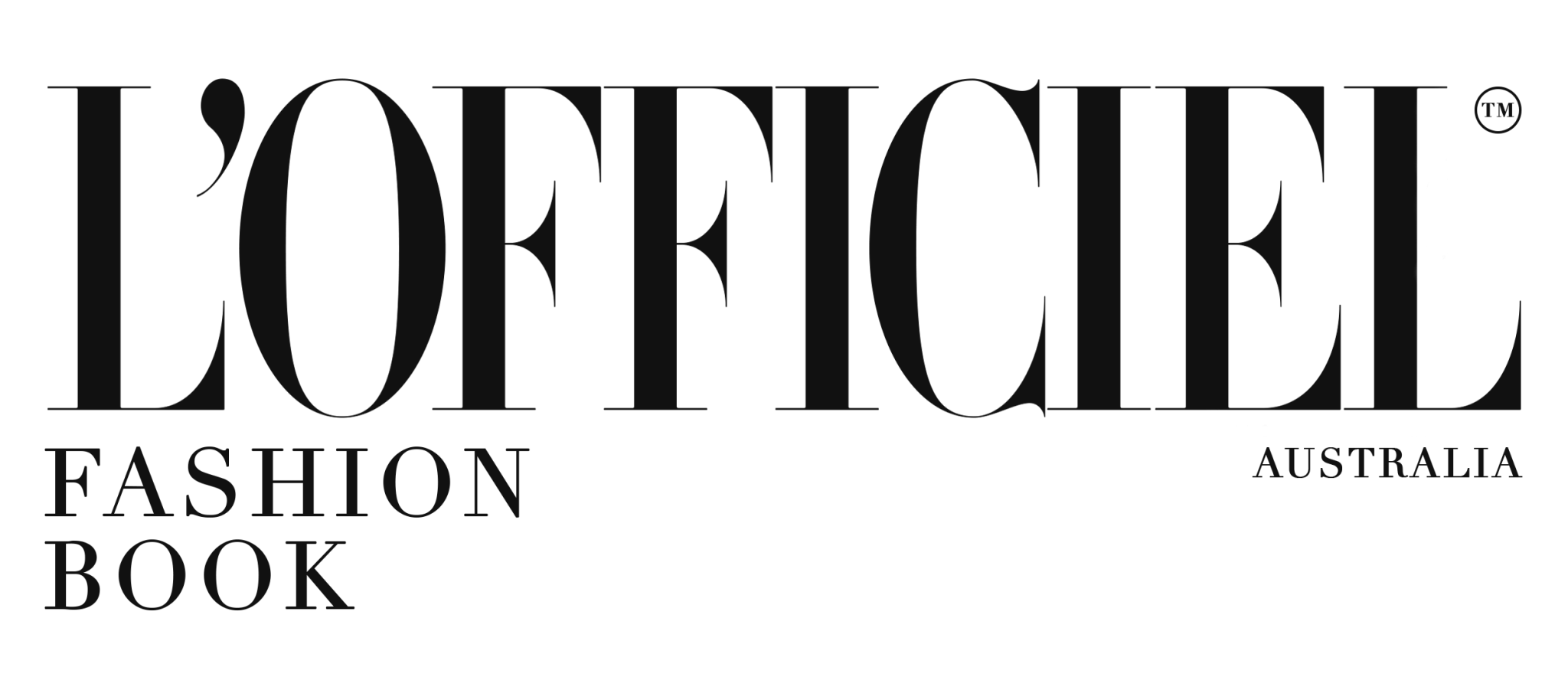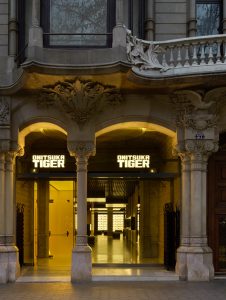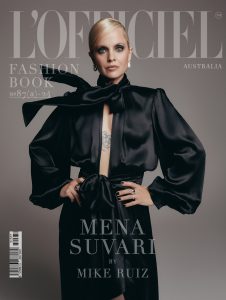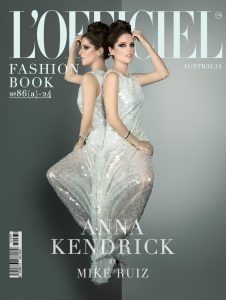L’Officiel went straight to the chief weatherman, David Bush for the 2016 fashion forecast. And with fashion houses playing a game of empty thrones, Bush says to expect change.
David Bush is not predicting the fickle mood of weather with a mere glance out of the window. A fashion industry stalwart, he’s an in-demand fashion and retail consultant and 25-year veteran of David Jones, in a career that saw him at the top post of Womenswear. Here is his well-founded prognosis for 2016.
Fashion has always been about change and the birth of the new. And 2015 was no different with three of the globe’s most illustrious brands shedding their skin in search of a new tomorrow. I mean of course, the departure of the creative talents that have, so beautifully, reinvigorated the houses during their time at the helm.
As I ponder 2016, I am taken back to 2012.
I was privileged to be invited to the runway show and subsequent soiree to celebrate Abler Elbaz’s ten years of creativity at the House of Lanvin. The night saw this extraordinary talent thank everyone who had helped him along his road to success. His chosen mode of expression was song. Alber took the entire room by surprise when he sang ‘Que Sera, Sera’ resulting in one of the most moving fashion moments I’ve ever had the pleasure to witness.

Why this close and passionate partnership soured over the last four years, I do not know. A lot has happened since that beautiful night.
Alber is not the only one to be moving on. Earlier in 2015, Raf Simons resigned from his position at Dior. Alexander Wang parted ways with Balenciaga, even Donna Karan stepped aside from the brand that bears her name and has done so for some three decades. Is this a fashion world gone mad? Or is it simply the natural order of things? Is it simply change?
The undertone to all these departures might suggest simply creative differences.
I feel there is more to these changes than mere disagreements about the length of a hemline. Particularly when you add to the puzzle examples of virtually unknown talent ascending to the thrones in other houses. Firstly, Alessandro Michele at Gucci, who along with visionary CEO Marco Bizzarri, has reimagined the label so quickly and successfully you cannot help but wonder what’s next for these talents. Valentino too, has slowly emerged as one of the industry’s most stunning success stories, through the creative direction of Maria Grazia Chiuri and Pierpaolo Piccioli.
I mention these relative newcomers (and there are others) only to suggest that perhaps they have found a new narrative, which is driving connectivity with the new consumer. They are amassing their own tribes, with similar values and beliefs to that of the brands they direct. This seems to be a large part of their early success.

2016 will be a year where fashion boundaries continue to fall away.
With the consumer squarely in the driver’s seat, they are now demanding brands find a conscience—pushing brands to become more sustainable and ethical in their approach to all they do.
It will be a year where high-end fashion continues to elevate the customer journey.
As the short term fast fashion players continue to expand their global foot print, high end brands core strengths with come into their own, bespoke customer experiences and product offerings will emerge as key ways to engage with the sophisticated well travelled consumer.
There has been talk for sometime that the current fashion “business model” is no longer sustainable.
Many designers have begun to work with the idea of what I call the endless Spring season—collections which transcend the current cycle of fashion.
2016 will see this concept grow in importance as many brands around the globe look to expand to new markets, look to start a new conversation with those consumers who travel regularly, or who work hard and desire more flexibility to their wardrobes.
2016 will also be the year of the big slow down. I suspect that much of the movement we have seen in 2015 stems from creatives attempting to slow the customer down. There’ll be a slowing of the experience that has been so quickened by this digital age we now find ourselves immersed in.
Bricks and mortar stores are back, encouraging consumers to spend time in them, reintroducing them to the art of browsing, to seek out the new and innovative in a way that cannot be down in the digital realm. It is also receiving the interaction and service that only a physical visit to a store can provide.
How will brands react to the ever-changing consumer? This is the question which that brands need to address in 2016.





No comment yet, add your voice below!